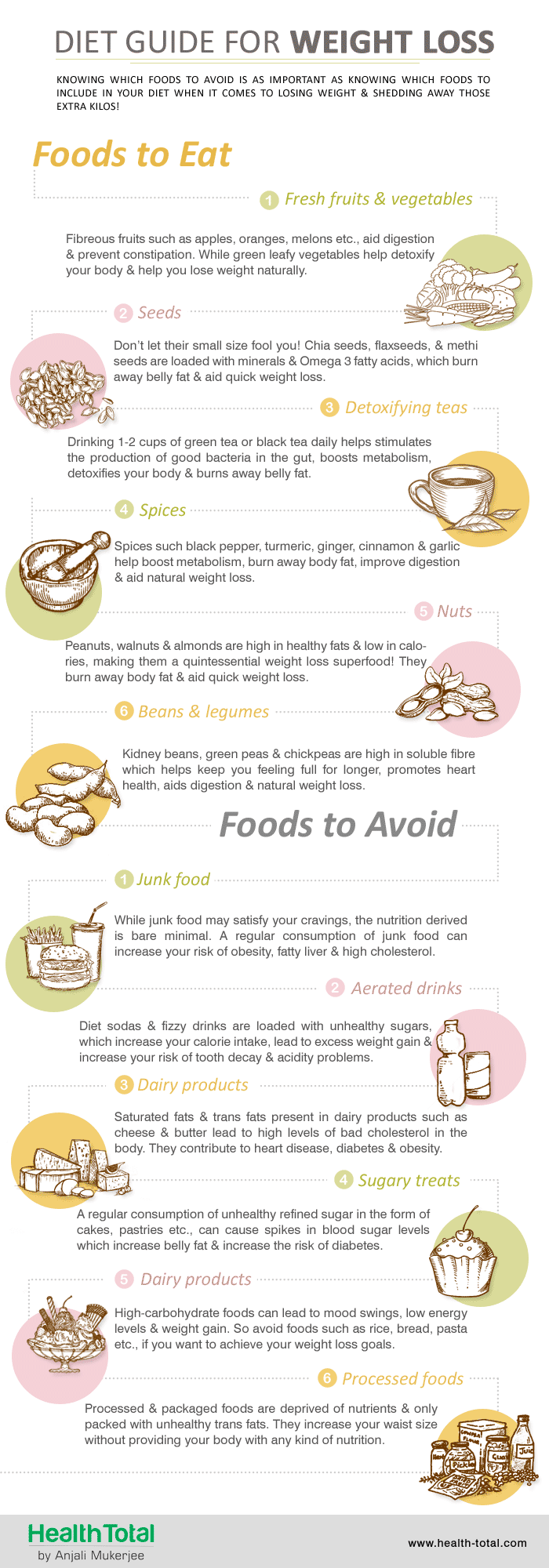Hawthorne Cold Laser Therapy Overview
Hawthorne Cold Laser Therapy Overview
Blog Article
Scientific Research on the Effectiveness of Cold Laser Method
Cold laser treatment is a beneficial device to assist hurting monitoring and the recovery procedure. It is commonly made use of in sporting activities medication, dermatology and acupuncture.
Cold lasers pass through deep into tissues and promote chemical modifications without warming them. They lower inflammation and swelling, speed cellular activity and accelerate healing.
Theoretical History
Unlike the high-intensity lasers that surgeons use to cut through cells, chilly laser therapy uses light-emitting diodes to penetrate right into your skin and promote healing. As these photons get to broken cells, they launch a domino effect that increases your cells' production of enzymes and accelerates your body's all-natural recovery procedures.
The photons additionally lower pain through the production of endorphins and enhance your body's capability to drain inflamed locations by causing vasodilation (the growth of blood vessels). Consequently, it helps you recuperate from musculoskeletal injuries and pain faster.
Many individuals have heard about chilly laser therapy from their physiotherapist, chiropractic physician or doctor and may be questioning exactly how it works. Unlike many laser devices used in the medical field, which actually heat up tissue, our advanced tools discharges cold laser beam that don't create any type of home heating of your tissues. This permits your body to receive the healing benefits without activating any adverse effects.
Professional Trials
Cold laser treatment is often suggested as a therapy choice for people who have bone and joint pain and injuries. It can be made use of to decrease inflammation, enhance tissues and speed up the body's natural healing processes.
Non-thermal photons of red and infrared laser radiation are soaked up by the light sensitive aspects in cells and launch a rise in intracellular metabolic rate that increases cell recreation, minimizes inflammation, eliminates edema and shortens recovery time.
Unlike the light that is created by sunlight or basic lights, laser light is identical (all wavelengths traveling in the same direction), coherent and single. These buildings permit laser energy to permeate deeper into the cells.
Several medical tests have shown that LLLT can be reliable in lowering discomfort in the bone and joint system. However, even more well-designed researches are required to assess the optimum settings for laser irradiation and to identify its performance in specific conditions, such as dental mucositis in cancer clients obtaining chemotherapy or radiotherapy, and wound recovery (consisting of diabetic ulcers adhering to hammertoe surgery). This Aetna plan notice does not address other uses LLLT, consisting of the treatment of different skin diseases.
Verdicts
Unlike medical lasers that can destroy growths or coagulate cells, chilly laser treatment does not warm the body's cells. Rather, the light boosts your cells to produce adenosine triphosphate, which accelerates the fixing procedure of hurt cells.
Aetna thinks about low-level laser (LLL) therapy medically essential for the prevention of dental mucositis connected with cancer cells therapy (radiation treatment, radiation therapy, hematopoietic stem cell transplant) and non-cancer therapies (such as radiodermal injury, fibromyalgia). Several studies showed that LLT can be efficient in lowering PU symptoms without laser therapy center adverse effects. Nevertheless, distinctions in research layouts and laser dosimetry made comparison of the results hard; RCTs with reduced risk of bias are needed. Using a 660 nm wavelength and higher power thickness seems a lot more reliable than the other studied laser wavelengths. This could be since the various other wavelengths may stimulate inflammatory processes and trigger even more negative effects. The result of the sort of laser made use of is additionally vital; the writers recommend that future study concentrate on evaluating different types of lasers and their doses to figure out the ideal mix of laser specifications for PU prevention.
Suggestions
Cold laser therapy is used by dental professionals to treat inflamed gum tissue, doctors to ease pain caused by rheumatoid arthritis, and physiotherapists to speed up the recovery of muscle mass, tendon, and ligament injuries. Numerous medical insurance plans cover this therapy.
Unlike warm lasers, which have a thermal impact on tissues, chilly lasers (likewise called low-level lasers) boost the mobile power of the skin. Photons from the laser light permeate into the cell, triggering a collection of chemical adjustments that advertises regrowth and decreases inflammation.
In order to work, lasers have to be appropriately configuration and used. This is why it is not advisable to acquire a cheap non-prescription laser gadget and try to treat yourself in the house. A skilled professional is required to ensure that the tool is utilized correctly to decrease the danger of eye injury and maximize its effectiveness. The laser tool should be adapted to the correct setup, intensity, regularity, and placement of the laser on the treatment location.